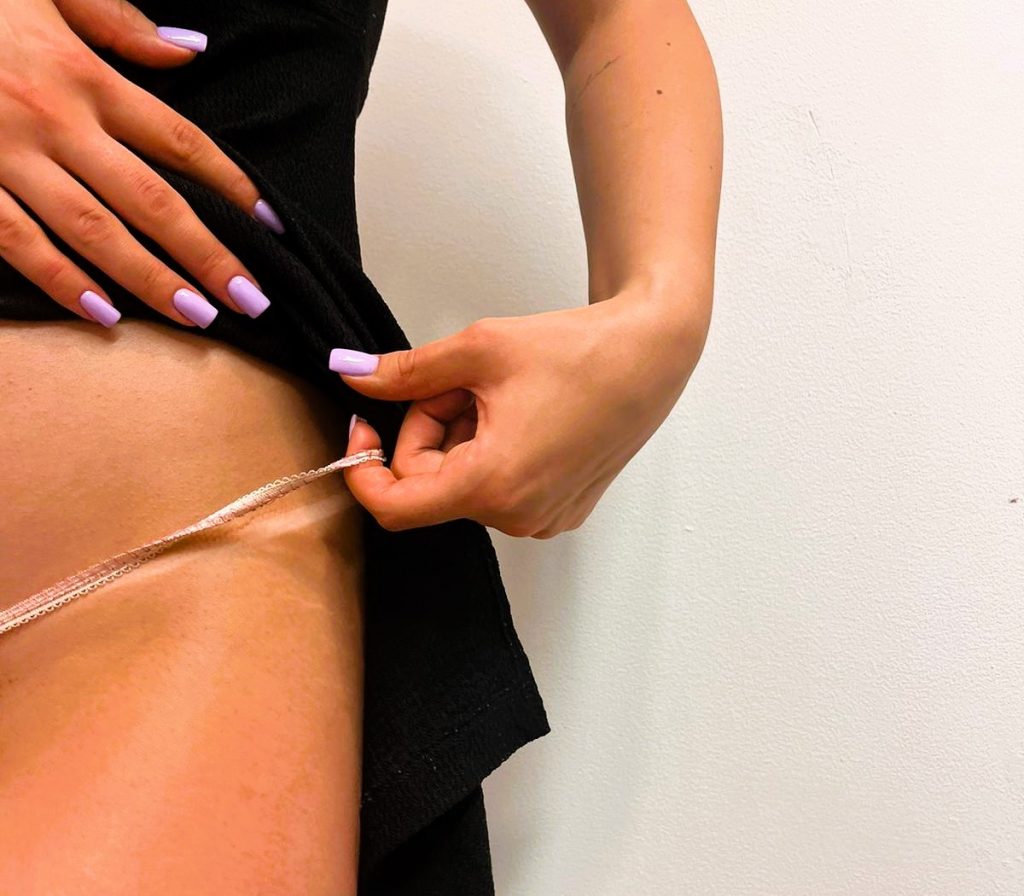How has the fashion for depilation and a smooth body changed over the centuries?
Blog BackTable of Contents:
- Antiquity: the smooth body as a status indicator
- The Middle Ages and the Renaissance: hair becomes a private affair
- The 20th century: the return of smooth skin
- The 21st century: Individuality and diversity
- To sum up...

Depilation, although now considered part of everyday grooming, has had its ups and downs throughout history. Different eras and cultures had different approaches to hair that reflected the ideals of beauty, hygiene and morality of the time. Let's take a look at how the fashion for smooth skin has evolved over the centuries.
Antiquity: the smooth body as a status indicator
In ancient civilisations such as Egypt, Greece and Rome, smooth skin was a symbol of youth, purity and prestige. Egyptian women, including the legendary Queen Cleopatra, used sugar pastes and stone blades to remove hair from all over the body. Roman women, on the other hand, used shaving tools similar to today's razors to get rid of unwanted hair, especially from the legs and armpits. A smooth body was a sign of upper class and good manners, and depilation was an essential part of daily hygiene.
The Middle Ages and the Renaissance: hair becomes a private affair
During the medieval period, depilation lost its importance, especially in Europe, where moral and religious principles dictated a more conservative approach to the body. Hair, although less exposed, was not taboo, but its removal did not play as important a role as in antiquity. The body, in keeping with the spirit of the age, was tightly covered and shaving or depilation had no place in daily grooming rituals. It was not until the Renaissance, with the revival of art and the body as an aesthetic object, that there was more interest in grooming, but depilation still remained an individual matter.
The 20th century: the return of smooth skin
At the beginning of the 20th century, depilation gained prominence thanks to changes in fashion and the development of the cosmetic industry. Shorter skirts, bare shoulders and swimwear made smooth skin the benchmark of female beauty. In the 1920s and 1930s, advertisements began to promote smooth armpits and legs, and modern razors and depilation creams gained popularity.
The 1960s and 1970s brought a real revolution in hair removal - bikini depilation became commonplace and women increasingly removed hair from other parts of the body as well. This was a time when depilation began to be seen as an aesthetic standard, and hair removal techniques such as waxing and laser depilation began to develop and gain widespread popularity.
The 21st century: Individuality and diversity
The modern approach to depilation is more diverse. Although smooth skin is still preferred by many people, the growing acceptance of a natural look means that the choice for hair removal is becoming a matter of individuality. Modern technologies such as laser depilation offer long-lasting results, but traditional methods such as shaving and waxing remain just as popular. At the same time, environmental awareness is growing, resulting in greater interest in natural methods such as sugaring.
To sum up...
The fashion for depilation has changed over the centuries, following the aesthetics and social norms of the era. From the ancient Egyptian women, for whom smooth skin was a symbol of beauty, to medieval strict moral norms, to the modern approach that celebrates individualism, the history of depilation shows how changing ideals of beauty and body care have been. Today, depilation is a choice that each person can adapt to their own needs and beliefs.









